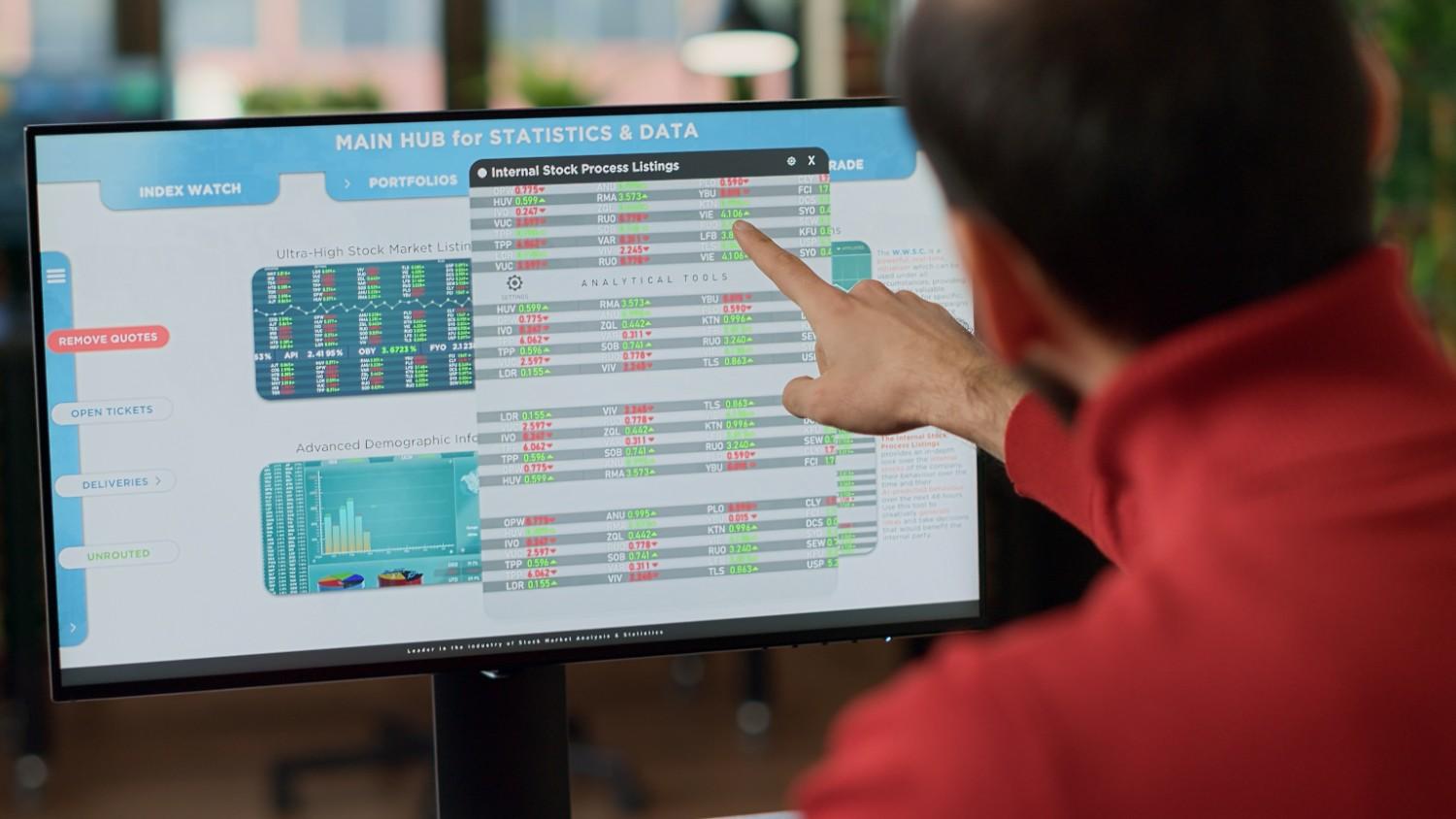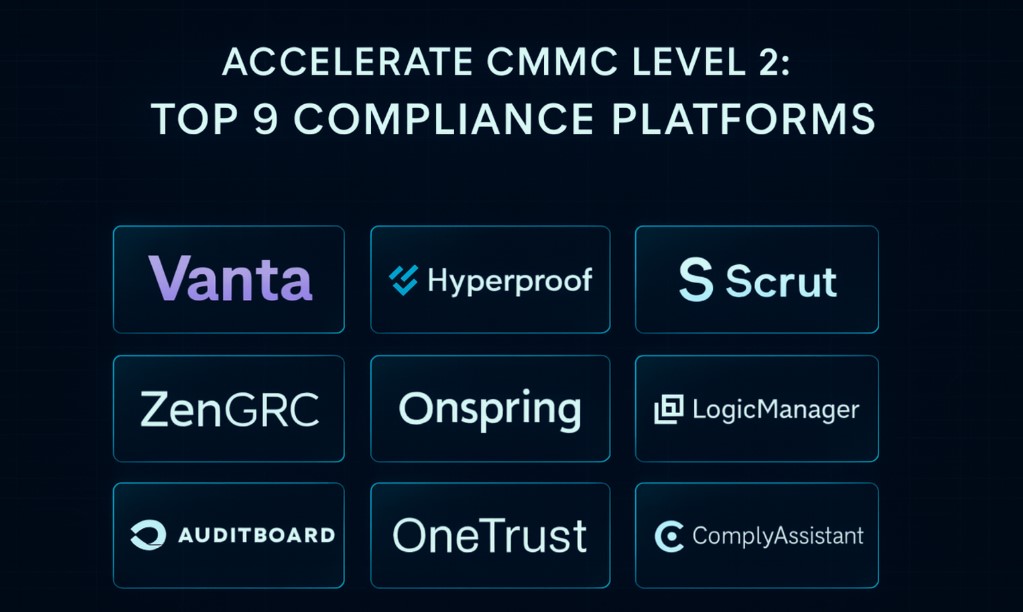Digital Transformation: Custom Software Drives Business Growth
Digital transformation is critical for corporate success, but many firms struggle because they use generic software that does not match their specific procedures. Custom software designed to meet unique needs can reduce inefficiencies, increase integration, and generate considerable ROI. Businesses that value focused solutions, scalability, and a strategic approach to technology will remain competitive in their industry.
I've been watching businesses try to digitally transform for over a decade now, and honestly, most of them are doing it wrong.
The problem isn't that digital transformation doesn't work - it absolutely does when done right. The problem is that most business owners think they can just buy some popular software package and magically become more efficient. That's like thinking you can buy a Ferrari and automatically become a racecar driver.
Let me tell you what I've seen work, and more importantly, what doesn't.
The Big Mistake Everyone Makes
Here's what happens in probably 8 out of 10 businesses I consult with: The owner reads about some big company's digital success story, gets excited, and decides to implement the same type of system. They'll spend months researching different software options, comparing features, and maybe even attending demos.
Then they pick something that looks good on paper and has great reviews. Six months later, they're pulling their hair out because their employees hate it, customers are complaining, and somehow everything takes longer than it used to.
Why does this keep happening? Because generic software is designed for generic businesses, and no successful business is truly generic.
Every company I work with has its own way of doing things. Maybe they've built relationships with suppliers that require specific ordering processes. Maybe their customers expect certain types of communication. Maybe they have equipment that's been working perfectly for 15 years, but doesn't play nice with modern software.
When you try to force your business into software that wasn't built for you, something's got to give. Usuall,y it's your competitive advantage.
This is where partnering with top software consulting firms makes a real difference. Good consultants don't try to sell you on what everyone else is using - they figure out what actually works for your specific situation.
Why Custom Software Actually Makes Financial Sense
I know what you're thinking - custom software sounds expensive. And yes, the upfront cost is usually higher than buying something off-the-shelf. But let me walk you through the real economics.
Last year, I worked with a manufacturing company that was considering a $400,000 ERP system. The software looked great in the demo. It had every feature they could possibly want and came with impressive case studies from similar companies.
But when we dug deeper, we realized they'd need to completely change how they managed inventory to match the software's requirements. They'd been doing inventory their way for 20 years, and it worked well. Their system was actually more efficient than what the ERP offered, but the ERP couldn't adapt.
We built them a custom inventory management system for $180,000 that worked exactly how they needed it to work. Implementation took half the time because we didn't have to retrain anyone on new processes.
The result? They reduced carrying costs by 35% and increased production capacity by 28% without buying a single piece of new equipment. The custom solution paid for itself in less than two years.
This isn't unusual. When you understand how new technology can grow your business, you realize that the right solution often costs less than the wrong one, even if the price tag looks higher initially.
Real Examples From Real Businesses
Let me share a few more examples, because I think stories illustrate this better than theory.
There's a cardiology practice in Houston I've been working with. Dr. Martinez was spending about $3,000 a month on scheduling software that created more problems than it solved. Double bookings happened constantly because the software couldn't coordinate patient appointments with the availability of diagnostic equipment and different physicians.
Her staff was spending hours every day fixing scheduling conflicts and calling patients to reschedule. Patient satisfaction was suffering because of long wait times and frequent appointment changes.
We built her a custom patient management system that integrates everything - patient schedules, equipment availability, physician calendars, even room assignments. The system costs about $45,000 to develop.
The results were dramatic. Patient wait times dropped from an average of 45 minutes to 12 minutes. The practice increased throughput by 35% without adding staff or equipment. Dr. Martinez's revenue increased by $400,000 in the first year alone.
Then there's Thompson's Hardware, a family business that's been competing against Home Depot and Lowe's for decades. Their secret weapon was carrying specialty parts that the big boxes don't stock, but managing inventory was a nightmare.
Generic retail software treats a common wood screw the same as a specialized maritime bolt that sells maybe twice a year. Thompson's was constantly out of stock on popular items while sitting on thousands of dollars of slow-moving specialty inventory.
Their custom inventory system learns seasonal patterns specific to their market and customer base. It knows that certain construction fasteners sell heavily in spring, while marine hardware moves during boat season.
Inventory turnover improved 60%. Stockouts on popular items dropped 80%. Profit margins increased 25% because they weren't tying up cash in dead inventory.
I could keep going with examples, but you get the idea. The common thread is that these businesses stopped trying to adapt to software limitations and started using technology that adapted to them.
The AI Revolution (And Why Most Businesses Are Missing It)
Everyone's talking about AI these days, but most of the conversation is pretty superficial. Business owners hear about ChatGPT or see some flashy demo and think they need to "add AI" to their operations.
That's backwards thinking again.
The businesses actually benefiting from AI are the ones using it to solve specific problems they already have. They're not asking "how can we use AI?" They're asking "how can we predict equipment failures before they happen?" or "how can we better forecast demand for our products?"
That manufacturing company I mentioned earlier wanted to reduce unplanned downtime on their CNC machines. Instead of buying some generic predictive maintenance platform, we worked with developers who understood how to create AI software tailored to their specific equipment and processes.
The AI system analyzes vibration patterns, temperature fluctuations, and power consumption data from machines they already own. No new sensors, no expensive IoT platform, just smart software that learns the unique signature of each machine.
It predicts potential failures 72 hours in advance with 94% accuracy. Maintenance costs dropped 40% because they can schedule repairs during planned downtime instead of dealing with emergency breakdowns.
This is what effective AI integration looks like - solving real problems with custom solutions rather than implementing AI for the sake of having AI.
What Actually Drives Growth
After working with hundreds of businesses on digital transformation, I've noticed some patterns in what actually drives growth versus what just creates busy work.
The companies that see real results focus on bottlenecks first. They don't try to transform everything at once. They identify the one or two processes that are really holding them back and fix those first.
Usually, it's something unglamorous like inventory management, customer communication, or scheduling. Not sexy, but these operational improvements often deliver the biggest ROI. Integration matters more than features. I've seen businesses with the most advanced software struggle because nothing talks to anything else. Employees end up entering the same data multiple times across different systems, which defeats the purpose of automation.
Custom solutions excel at integration because they're designed specifically for your existing systems and workflows. You don't have to force everything to work together - it's built to work together from day one.
Scalability is crucial but often overlooked. Business growth creates new challenges and opportunities. Your systems need to handle increased volume, additional users, and expanded functionality without requiring complete rebuilds.
Measuring What Matters
Here's something that frustrates me about a lot of digital transformation projects - they measure the wrong things.
Companies get excited about vanity metrics like "system uptime" or "feature utilization" while ignoring what actually affects their bottom line.
What should you measure? Revenue impact. Cost savings. Time savings. Customer satisfaction improvements. Employee productivity gains. Error rate reductions.
These metrics tell you whether your transformation is actually helping your business or just making you feel more high-tech.
That cardiology practice I mentioned earlier doesn't care how many features their custom software has. They care that patient wait times dropped and revenue increased. That's what matters.
Choosing Partners Who Get It
If you decide to pursue custom software development, choosing the right partner is critical. And I mean critical - this decision can make or break your entire transformation.
Look for developers who ask hard questions about your current processes before they start talking about solutions. The best consultants spend more time understanding your business than showing off their technical skills.
They should challenge your assumptions. If they just nod along with everything you say, find someone else. Good consultants identify problems you might not even realize you have.
Industry experience matters, but not in the way most people think. You don't necessarily need someone who's worked with dozens of companies exactly like yours. You need someone who understands business problems and can translate them into technical solutions.
The Reality of Implementation
Let me be honest about something - digital transformation is never as smooth as the case studies make it sound. There are always unexpected challenges, integration hiccups, and user adoption issues.
The key is working with partners who've dealt with these problems before and know how to navigate them. Good consultants plan for obstacles and have contingency strategies.
They also understand that training is just as important as development. The most sophisticated software in the world is useless if your team doesn't know how to use it effectively.
Looking Forward
Digital transformation isn't a destination - it's an ongoing process. Technology keeps evolving, business needs change, and competitive pressures shift.
The businesses that stay ahead are the ones that view their technology infrastructure as a competitive advantage rather than just a necessary cost.
Custom software gives you that advantage because it's designed specifically for your unique challenges and opportunities. Your competitors can't just buy the same solution and get the same results.
But here's the thing - you have to start somewhere. The companies that will dominate their industries five years from now are building their technological foundations today.
The question isn't whether digital transformation is worth it. The question is whether you'll lead the transformation in your industry or get left behind by competitors who move faster.

Subscribe & get all related Blog notification.





Post your comment